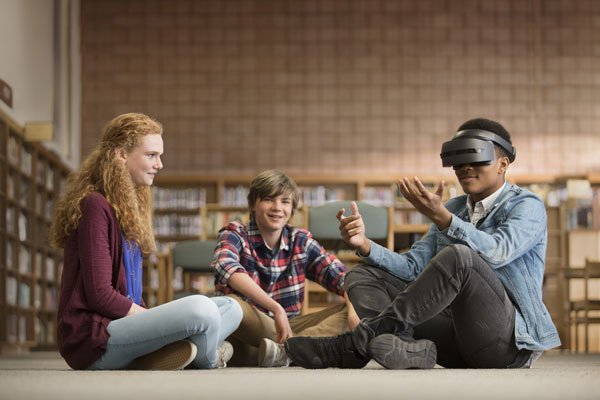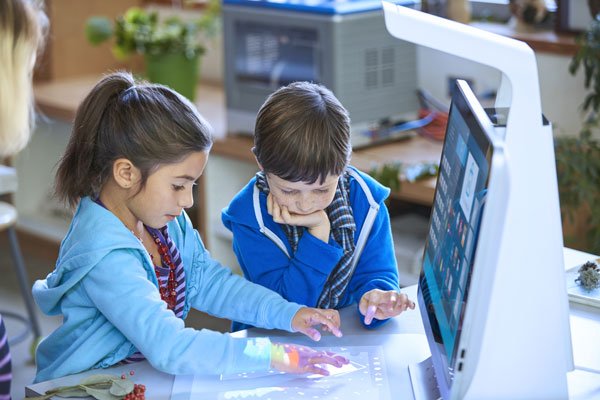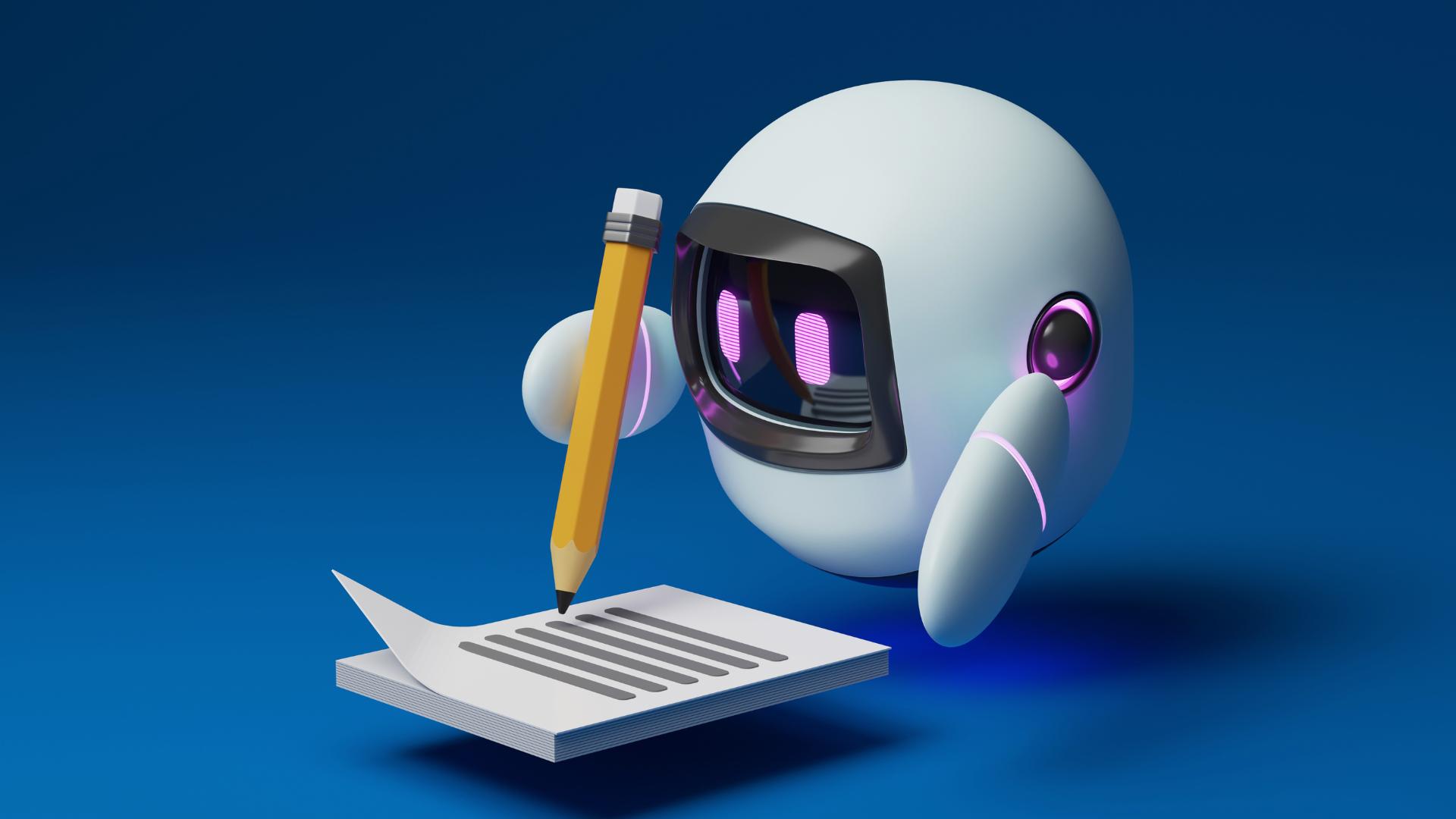To say the lives of children have changed would be an understatement. Where a generation ago, kids were obsessing over Transformers, with a lucky few going ‘high tech’ with a home Atari system, today’s digital natives are an entirely new breed. For those charged with raising and educating this new generation, the challenge is to marry traditional curriculum demands with the computational thinking that will enable youngsters to thrive.
By the time today’s students reach the workforce, their career success will depend as much on their thought processes as their knowledge. Little wonder, then, that teachers and school leaders are focused on how to equip them with an unpredictable future. New guidelines, in the form of a recently updated New Zealand curriculum, offers some signposts for educators. The aim is not only to give key skills in operating technology, but to encourage and develop computational thinking. Changes are due to be adopted by all schools by 2020. But what do the updates mean, and how do schools integrate more into an already crowded curriculum?
Computational Thinking: a Changed NZ Curriculum
Put simply, computational thinking involves viewing a challenge or problem in a way that drawing on technology can help us to overcome. In two steps, students first identify the steps needed to solve a problem and then put technology to work to reach a solution. They learn what is possible using technology, developing an appreciation for the possibilities and fast-changing limitations.
Computational thinking is not just employed in technology-driven subjects. IT knowledge becomes a part of students’ approach to problems in science, the arts and maths. They will learn core programming concepts, understand how data is created and stored, and develop critical thinking skills that enable them to make informed choices in the digital world.
That is not to say that more traditional methods are abandoned. Children will still learn times tables, write narrative texts and sweat over chemistry tests. But they may also use newfound coding skills to develop a times tables app, create a multimedia representation of the text they crafted, and manipulate data from a variety of sources to predict the way different elements react.
From Curriculum to Classroom
Implementing new directives can, with the right support, be a boon for traditional subjects, allowing for content designed to engage students raised in the online generation. It makes sense that youngsters able to click before they could read would respond to delivery of maths, science and history using progressive methods. Those methods can also be more readily varied, giving teachers more bandwidth to address different learning styles and abilities within a class.
It isn’t just students, either, who are increasingly gaining computational thinking skills. When staff access the right technology and support, the classroom experience is transformed. The world becomes a place to explore more freely, in more ways, with greater opportunity to collaborate. That might mean a chat session with a scientist in the Antarctic or examining museum exhibits in 3D, hosted by a curator in London.
You will likely have noticed that some of the more forward-thinking tech giants are talking less about technology and more about what can be achieved in the classroom and beyond. While Microsoft helps educators and students to navigate a seamless transition between classroom, home, and field trip, pairing their software with a new breed of devices from the likes of HP means students are no longer restricted by a technology millstone. Today’s laptops, tablets and smartphones are light and tough, with a battery life that lasts all day and connectivity to interact with an expanding world.
Tech-savvy teachers, meanwhile, are finding a wealth of ways to improve learning experiences. They are quick to enlist technology to bring learning to life and fuel the imagination of their students. By approaching traditional challenges armed with a new toolbox of teaching methods, they are sharing the journey with a new generation set to change the world.
Need to find more ways to integrate computational thinking that will equip your student population for life? Chat to our experts and follow us on Facebook, Twitter, Google+ or LinkedIn for regular tips and ideas.

 Australia
Australia Canada
Canada UAE
UAE United Kingdom
United Kingdom United States
United States




